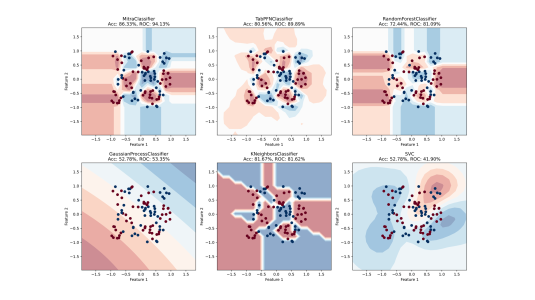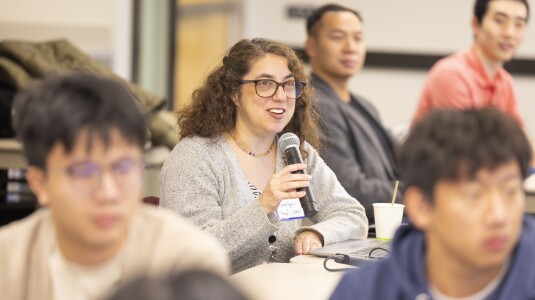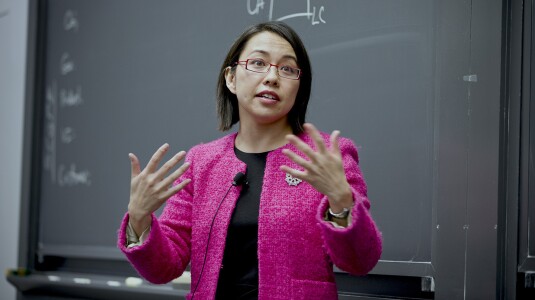Customer-obsessed science


Research areas
-
July 22, 2025Generating diverse synthetic prior distributions leads to a tabular foundation model that outperforms task-specific baselines.
Featured news
-
2024In-context learning (ICL) adapts Large Language Models (LLMs) to new tasks, without requiring any parameter updates, but few an-notated examples as input. In this work, we investigate selective annotation for ICL, where there is a limited budget for annotating examples, similar to low-budget active learning (AL). Although uncertainty-based selection is unreliable with few annotated data, we present COVERICL
-
LoG 20242024Graph clustering on text-attributed graphs (TAGS), i.e., graphs that include natural language text as additional node information, is typically performed using graph neural networks (GNNs), which forego the text in lieu of embeddings. While GNN methods ensure scalability and effectively leverage graph topology, text attributes contain rich information that can be leveraged using large language models (LLMs
-
2024The superior performance of large foundation models relies on the use of massive amounts of high-quality data, which often contain sensitive, private and copyrighted material that requires formal protection. While differential privacy (DP) is a prominent method to gauge the degree of security provided to the models, its application is commonly limited to the model fine-tuning stage, due to the performance
-
2024Utilizing Large Language Models (LLM) as chatbots in diverse business scenarios often presents the challenge of maintaining topic continuity. Abrupt shifts in topics can lead to poor user experiences and inefficient utilization of computational resources. In this paper, we present a topic continuity model aimed at assessing whether a response aligns with the initial conversation topic. Our model is built
-
Towards effective genAI multi-agent collaboration: Design and evaluation for enterprise applicationsarXiv2024AI agents powered by large language models (LLMs) have shown strong capabilities in problem solving. Through combining many intelligent agents, multi-agent collaboration has emerged as a promising approach to tackle complex, multi-faceted problems that exceed the capabilities of single AI agents. However, designing the collaboration protocols and evaluating the effectiveness of these systems remains a significant
Academia
View allWhether you're a faculty member or student, there are number of ways you can engage with Amazon.
View all































